Forward and reverse lunges might seem like similar exercises, but delving deeper reveals distinct differences that impact muscle engagement, core stability, and overall execution. Understanding these disparities not only refines your workout but also promotes safety and effectiveness.
| Sr# | Headings |
|---|---|
| 1 | Shared Benefits of Forward and Reverse Lunges |
| 2 | Exploring Similarities |
| 3 | Unveiling the Differences |
| 4 | Factors Influencing Preference and Accessibility |
| 5 | Mastering the Technique |
| 6 | Benefits of Incorporating Both Variations |
| 7 | Practical Application and Workouts |
| 8 | Summary of Key Takeaways |
| 9 | FAQs – Addressing Common Concerns |
| 10 | Conclusion |
Shared Benefits of Forward and Reverse Lunges
Targeted Muscle Groups
Forward and reverse lunges engage key muscle groups, including the glutes, legs (hamstrings, quads, and calves), and abdominal muscles. These exercises differ in the way they activate and emphasize these muscle groups.
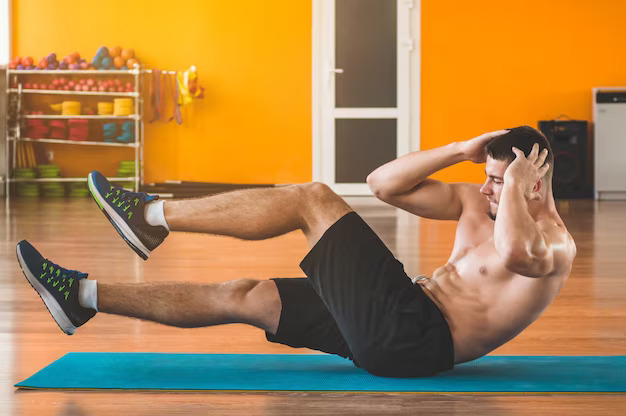
Hip Extension and Counteracting Sedentary Lifestyles
Incorporating hip extension exercises like lunges helps counterbalance the prevalent hip flexion associated with extended periods of sitting. These movements aid in restoring balance to hip muscles, which is crucial for overall mobility.
Unilateral Exercise Benefits
Being unilateral exercises, both lunges work each leg separately. This fosters single-leg strength, enhancing balance, stability, and coordination essential for daily activities and athletic pursuits.
Exploring Similarities
Muscle Engagement Comparison
Forward and reverse lunges share common ground in targeting the glutes, legs, and abs. However, they diverge in the specific muscles they emphasize during the exercise.
Unilateral Strength Building
The emphasis on one leg at a time bolsters individual leg strength and promotes overall stability and coordination.
Unveiling the Differences

Emphasized Muscle Groups
- Forward Lunges – Quads Engagement: This variation emphasizes the activation of the quadriceps (front of thighs).
- Reverse Lunges – Focus on Hamstrings and Glute Max: These lunges engage the hamstrings (back of thighs) and the gluteus maximus.
Core Engagement Discrepancy
Forward lunges tend to challenge the core more due to increased instability caused when stepping forward. This instability demands heightened core engagement for stabilization.
Natural Movements and Instability
Forward lunges simulate a familiar walking motion, but this very motion can cause instability, potentially leading to incorrect execution and knee strain. Conversely, reverse lunges offer a more stable posture, reducing knee stress.
Factors Influencing Preference and Accessibility
Core Engagement Challenges in Forward Lunges
The instability associated with forward lunges demands significant core activation, making them more challenging for some individuals.
Accessibility and Comfort Factors
Reverse lunges provide excellent stability, making them accessible to more people. They offer a safer option, especially for knee concerns or discomfort.
Impact on Correct Execution and Knee Safety
Incorrect forward lunge execution, such as allowing the front knee to extend beyond the ankle, can lead to unnecessary pressure on the knee joint, potentially resulting in discomfort or injury.
Mastering the Technique
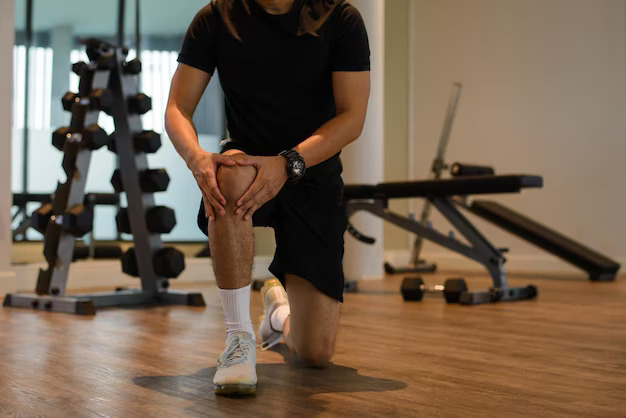
Tips for Safe and Effective Lunges
- Knee and Ankle Alignment: Maintain proper alignment by ensuring the knee stays stacked over the ankle.
- Weight Distribution and Foot Placement: Focus weight on the foot’s heel, maintaining a stable foundation.
- Addressing Discomfort or Pain: If discomfort arises, limit the range of motion to alleviate strain.
Specifics for Forward Lunges
Ensuring adequate step distance is crucial for forward lunges to prevent unnecessary strain on the front leg’s kneecap. Correct form minimizes potential knee discomfort.
Benefits of Incorporating Both Variations
Comprehensive Muscle Engagement
Combining forward and reverse lunges in a workout routine ensures a holistic engagement of various muscle groups, promoting balanced strength development.
Diversifying Training Routines
Utilizing both variations allows individuals to cater to personal preferences, challenge different muscle groups, and adapt workouts to varying comfort levels.
Adapting to Individual Preferences and Comfort Levels
Incorporating both forward and reverse lunges provides the flexibility to adapt exercises according to individual preferences, maximizing the benefits of each variation.
Practical Application and Workouts
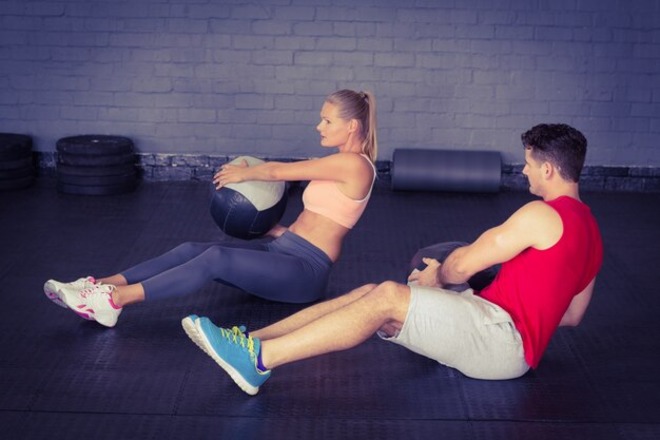
Sample Workouts Utilizing Forward and Reverse Lunges
- Workout 1: Alternating forward and reverse lunge sets, focusing on muscle group targeting.
- Workout 2: Circuit training combining both variations for a total lower body workout.
Tailoring Exercises to Fitness Goals and Levels
Adjusting the intensity, reps, and sets of lunges enables tailoring workouts to meet specific fitness goals and accommodate different fitness levels.
Summary of Key Takeaways
Recap of Differentiated Benefits
Understanding the nuances between forward and reverse lunges aids in optimizing workouts for targeted muscle engagement and minimizing injury risks.
Importance of Proper Form and Technique
Emphasizing correct form and technique ensures effective execution and reduces the likelihood of strain or injury during lunges.
Encouragement for Variety in Training
Encouraging the incorporation of both forward and reverse lunges fosters a well-rounded fitness routine, catering to diverse preferences and maximizing fitness gains.
FAQs – Addressing Common Concerns
Are Forward Lunges Harmful to Knees?
Forward lunges aren’t inherently harmful, but incorrect form or excessive strain on the knee joint can lead to discomfort or injury.
Can Reverse Lunges Substitute for Forward Lunges?
While reverse lunges offer benefits, both variations target different muscles. Incorporating both ensures balanced muscle development.
How Often Should Forward and Reverse Lunges Be Done?
The frequency of lunges depends on individual fitness goals. Aiming for 2-3 weekly sessions, with adequate rest, is a good starting point.
Conclusion
Understanding the differences between forward and reverse lunges empowers individuals to tailor their workouts effectively. While each variation offers unique advantages, mastering both ensures a well-rounded fitness routine. Prioritizing proper form and technique enhances safety and maximizes the benefits of these essential exercises.

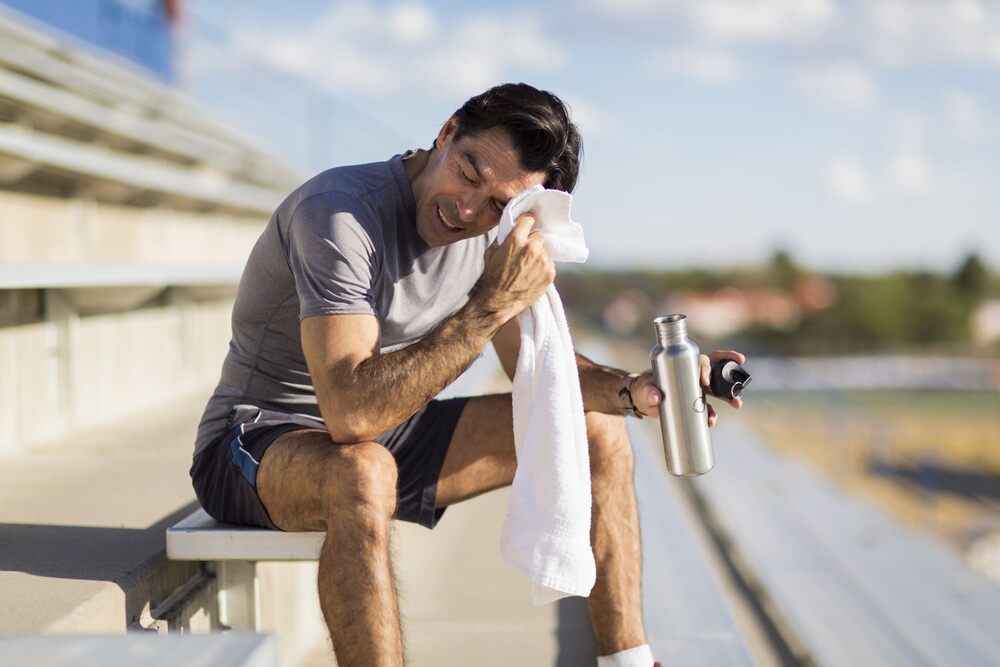
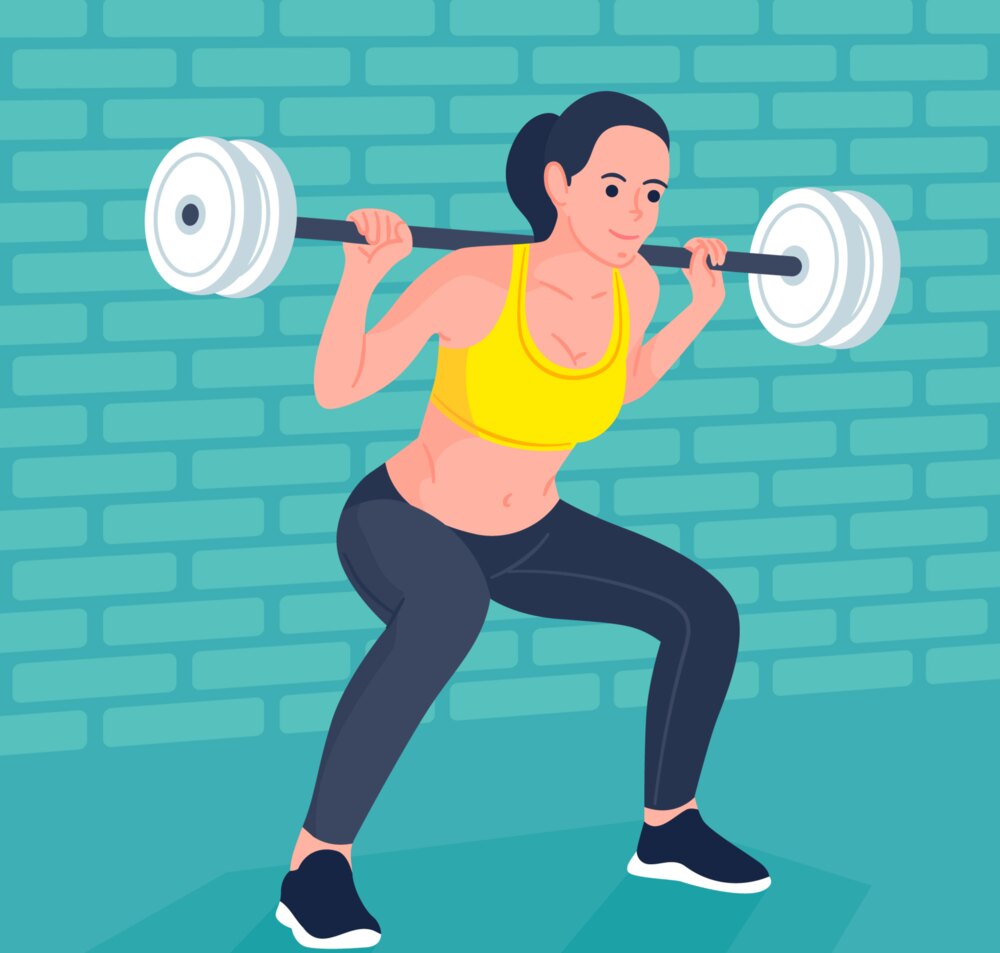
Pingback: Healthline Sleep: Prioritizing Your Rest